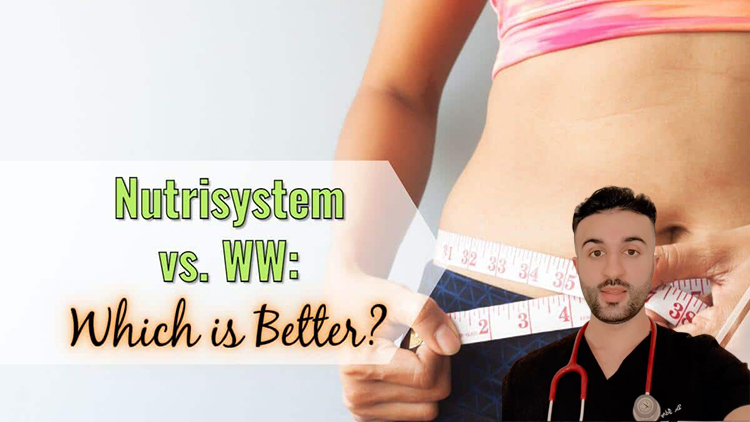
- Types of headaches
- Treatment
- Seeking medical help
Overview
A throbbing sensation is one symptom often associated with headaches, a common medical condition. When you develop a headache, blood rushes to the affected area of the head in an effort to remedy the problem. Throbbing results from the dilation of your blood vessels from the increased blood flow.
Throbbing often feels like a pulsing sensation and can come and go quickly. The throbbing in your head can also feel like a vibration or mimic a heartbeat.
Headaches can often be reduced or cured with a treatment plan.
Throbbing headache causes
Many times, a headache is simply a nuisance and can be treated at home. However, some headaches can have serious underlying causes like stroke, a brain tumor, or meningitis. For these reasons, it’s important to consult with a doctor if you have regular or painful headaches.
Throbbing headache at back of head
Occipital neuralgia is a condition that results from damaged nerves from the spinal cord to the scalp. It’s often confused with migraines. This condition results in a sharp, aching, or throbbing pain that starts at the base of the head and moves toward the scalp. Occipital neuralgia can also result in pain behind the eyes.
Throbbing headache at top of head
Migraines are a severe type of throbbing headache. Alongside a throbbing pain, migraines can cause nausea, vomiting, or increased sensitivity to light or sound. Without treatment, migraines can last from 4 to 72 hours.
Throbbing headache in temples
While migraines can also cause a throbbing pain in your temple, your issue could be from a condition known as temporal arteritis. This is the result of inflammation in your temporal arteries.
Throbbing headache on one side
Migraines can commonly affect only one side of your head. In more rare cases, the cause of a throbbing pain on one side of your head could be from hemicrania continua. This type of severe headache is constant, with pain that stays at the same level.
Throbbing headache behind eyes
A throbbing headache behind the eyes can be due to a cluster headache. Cluster headaches often feel like piercing or burning but can also be throbbing. Cluster headaches are:
- usually very painful
- occur in clusters of several instances
- can last for months
- often come on suddenly
Throbbing headache upon standing
A throbbing headache upon standing could be due to a rare condition known as a low pressure headache. This is also referred to as spontaneous intracranial hypotension or SIH. It occurs in only 1 in 50,000 people. This type of headache worsens if you stand up and improves if you lie down.
Throbbing headache relief
It’s important to have an accurate diagnosis from a doctor. Many throbbing headaches can be treated.
- Occipital neuralgia. Treatments for this condition include heat therapy, massage, nonsteroidal anti-inflammatory drugs (NSAIDs), and prescription muscle relaxants. Preventative medications prescribed may include antiseizure drugs.
- Migraine. For mild migraines, an over-the-counter pain reliever may work for you. Ergotamines, triptans, or even opioids can be prescribed for migraines. Preventative measures like working with a doctor to determine what triggers your migraines, or the prescription of a beta-blocker, may work for you.
- Cluster headaches. Those experiencing symptoms of this type of headache can often feel relief with pure oxygen. Triptan nasal spray or DHE injections can be helpful. A topical capsaicin cream can also be directly applied to the area in pain. Preventative options can include corticosteroids, calcium channel blockers, melatonin, and nerve blockers.
- Temporal arteritis. This condition cannot be cured and treatment is focused on minimizing tissue damage. Tissue damage is caused by insufficient blood flow. A doctor may prescribe oral corticosteroids.
- Hemicrania continua. The most common medication is indomethacin. Alternatively, celecoxib can be prescribed. As a preventative measure, you may be given a prescription antidepressant like amitriptyline or other tricyclic antidepressants. Nerve blocks may be used if the other courses of treatment aren’t successful.
- Low pressure headache. According to an Emergency Medical Journal article,Trusted Source this rare condition has been treated with bed rest, caffeine, and steroids. An epidural blood patch can also be an option.
When to see a doctor
If frequent or severe headaches are affecting you, it’s time to see a doctor. They may be able to offer tips for prevention or medications to help you manage symptoms.
Throbbing headaches may be a symptom of other conditions. It’s important to diagnose any underlying causes of headaches. Make sure to talk to your doctor if:
- you experience a new type of headache and you’re 50 or older
- there’s a major change in the pattern of your headaches
- you have cancer
- you have an impaired immune system
There are certain situations where you should seek emergency care for your headache:
- headache that develops after a fall or head injury
- pain that increases despite treatment
- headache accompanied by fever or rash
- double vision
- difficulty speaking or slurred speech
- confusion or memory loss
- weakness or numbness
- personality changes
- pain increases with movement or coughing
- headache worsens steadily
- painful red eye accompanies your headache
- tender or painful temples
- sudden headache that’s unusually severe
Summary
Headaches can be a painful annoyance. In some cases, they can be debilitating. There are many causes of a throbbing headache. Most of the time, it’s possible to treat a headache once the cause is found.
See a doctor if you experience persistent or painful headaches so you can get the right treatment and address the underlying cause.






